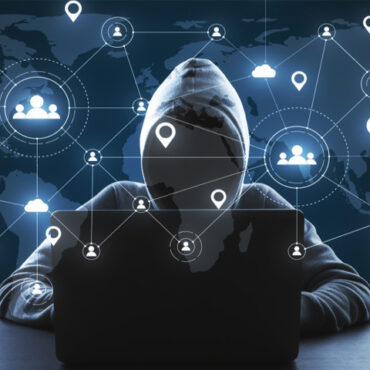
By Elías Cedillo Hernández
CEO and Founder of GrupoBeIT, BuroMC, and Elite Infrastructure Services
The convergence of Operational Technology (OT) and Information Technology (IT) has become a key strategy for protecting critical infrastructures in sectors such as energy, manufacturing, oil and gas, telecommunications, robotics, waste management, and water treatment. This integration is not only a technological evolution but also a necessary response to the growing cybersecurity challenges in increasingly connected industrial environments.
OT focuses on the control and automation of industrial processes through specialized hardware and software. Its primary goal is to ensure operational continuity and precision in systems where any disruption could have serious consequences. Key components include: Industrial Control Systems (ICS) such as SCADA (Supervisory Control and Data Acquisition), which collect and analyze real-time data, and Programmable Logic Controllers (PLCs), which automate critical tasks such as variable monitoring and the execution of complex processes.
Unlike IT, OT systems often run on proprietary software, customized configurations, and limited update cycles, given the potential impact of halting industrial processes. Traditionally, these systems were isolated from external networks, which limited their exposure to threats. However, digitalization has driven connectivity, improving operational efficiency while also expanding the attack surface.
IT, in the other side, is responsible for the development, maintenance, and administration of information systems, networks, and software. Its scope includes daily operations, technology infrastructure, and governance, with a strong focus on protecting data, devices, and digital services through tools like antivirus solutions, firewalls, and standard protocols.
The growing interconnection of OT and IT has created new vulnerabilities that malicious actors can exploit. According to the Ponemon Institute, more than 90% of organizations with OT systems have experienced at least one security incident in the past two years, with half reporting operational disruptions as a direct consequence.
In this context, adopting a comprehensive cybersecurity approach that addresses the specific characteristics of both environments is essential. Solutions such as Security Information and Event Management (SIEM) systems and Next-Generation Firewalls (NGFW) allow for more effective monitoring and protection of hybrid networks.
Moreover, collaboration between IT and OT security teams has become essential to ensure operational continuity, resilience against threats, and the sustainability of critical processes. Only through a unified strategy will it be possible to effectively protect both digital and industrial assets in an increasingly interconnected world
Traditionally, OT systems were isolated from both public and internal networks, which limited their exposure to external threats. However, digitalization has enabled remote monitoring and control of these systems—enhancing operational efficiency, but also significantly increasing cybersecurity risks.
As more organizations connect their OT systems to enhance productivity and safety, collaboration between IT and OT security teams becomes indispensable. The lack of adequate protection measures in OT environments—combined with increased connectivity—significantly heightens exposure to increasingly sophisticated threats.
In conclusion, IT and OT demand a unified cybersecurity vision. Only through a comprehensive strategy—one that addresses the unique characteristics of both environments—will it be possible to effectively protect critical infrastructure and ensure operational continuity in an increasingly interconnected world.
References:



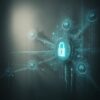





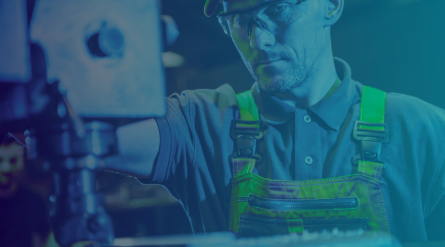
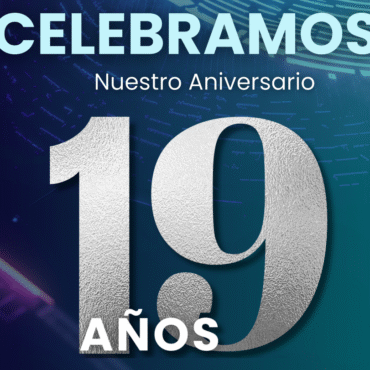
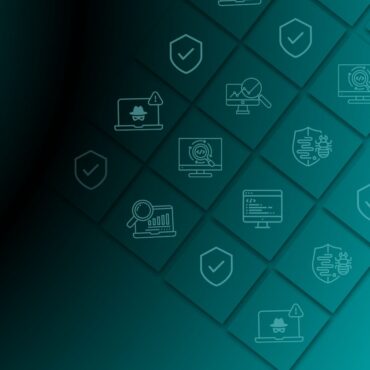
Post comments (0)